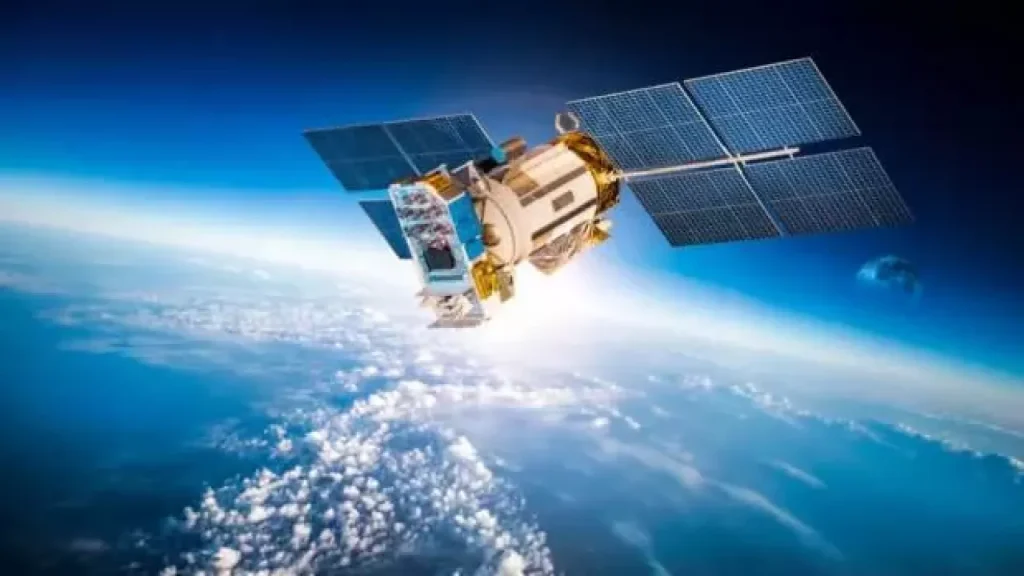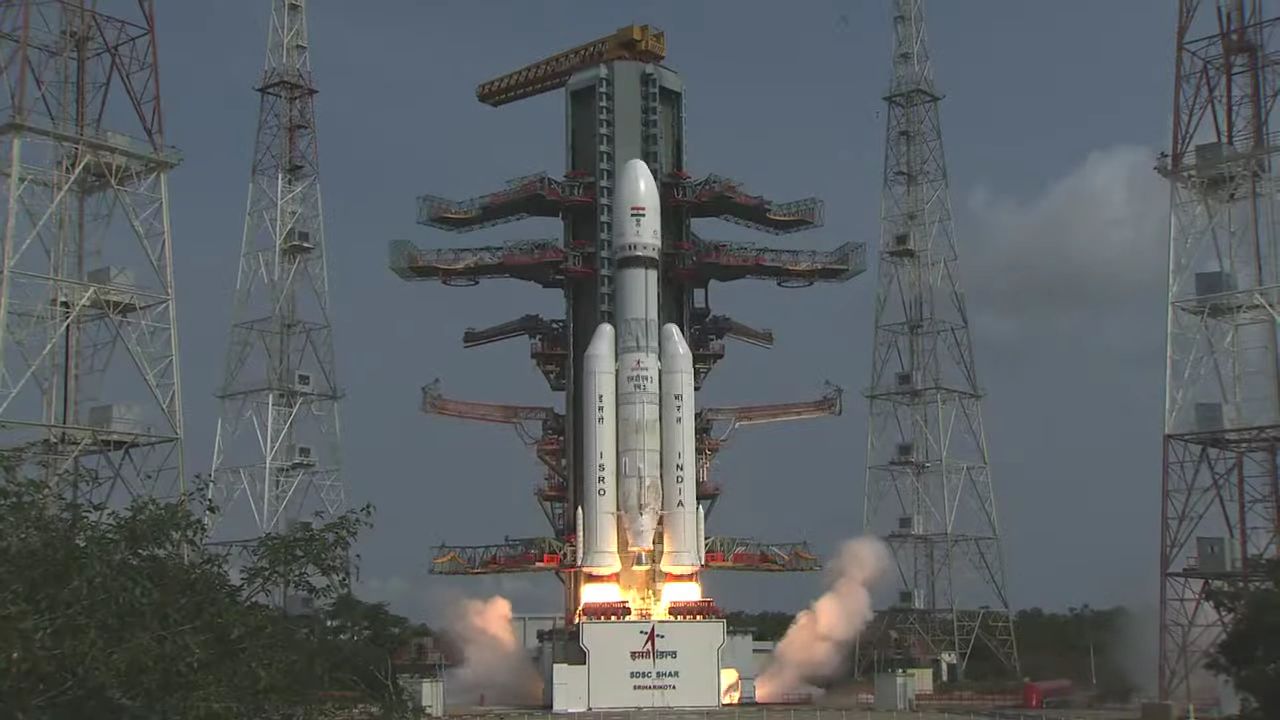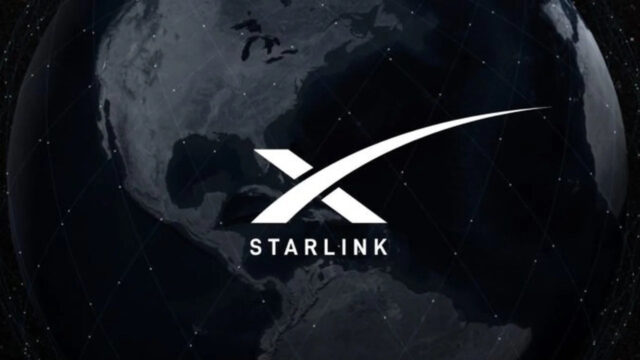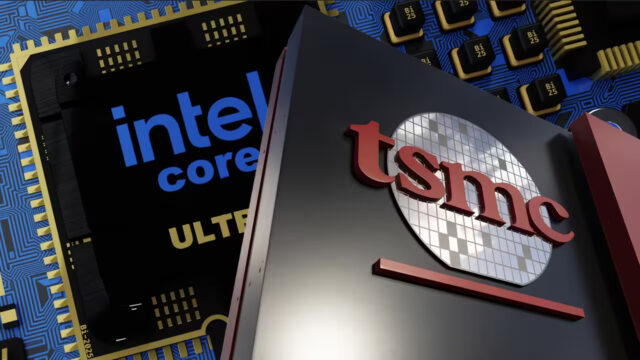Technology continues to make our lives easier. Once upon a time, we needed wired connections to achieve 100 Mbps speeds, but now satellite internet is taking their place. One of the most successful companies in this field is undoubtedly Elon Musk’s Starlink. With hundreds of satellites launched into orbit, Starlink provides internet access anywhere in the world through an antenna. As the service gains popularity, the number of competitors is also increasing. Recently, OneWeb launched the final 36 satellites of its initial 616-satellite “constellation,” allowing Elon Musk’s Starlink rival to offer global broadband coverage this year. Here are the details…
Starlink rival OneWeb completes fleet to offer global broadband coverage
We mentioned that the number of companies rivaling Starlink is increasing. However, OneWeb is not exactly a new player in the market. The company is the second largest low-earth orbit or ‘LEO’ system after Starlink. Still, making money in this sector is not easy, and OneWeb filed for bankruptcy in March 2020 after being shut out of credit markets due to the economic turmoil caused by Covid-19.

Then it was rescued by the UK government and Indian telecom tycoon Sunil Mittal’s Bharti Group. Since then, it has attracted investment from SoftBank Group Corp., South Korean conglomerate Hanwha Systems Co., and US firm Hughes Satellite Systems Corp. With the support of these investments, OneWeb launched the final 36 satellites of its initial 616-satellite “constellation.” The launch took place in Sriharikota, an island off the southern Indian state of Andhra Pradesh.
“It’s the fruition of an enormous amount of hard work, and obviously we’ve been through some geopolitical issues over the last year or so, and the team has proven to be extremely resilient and caught up,” Chief Executive Officer Neil Masterson said in an interview ahead of the launch, which used space agency Indian Space Research Organisation.
OneWeb now has enough fast-flying spacecraft in orbit to offer broadband to businesses and government customers in the lower 48 US states in May, and ultimately global coverage by the end of 2023, Masterson said.














